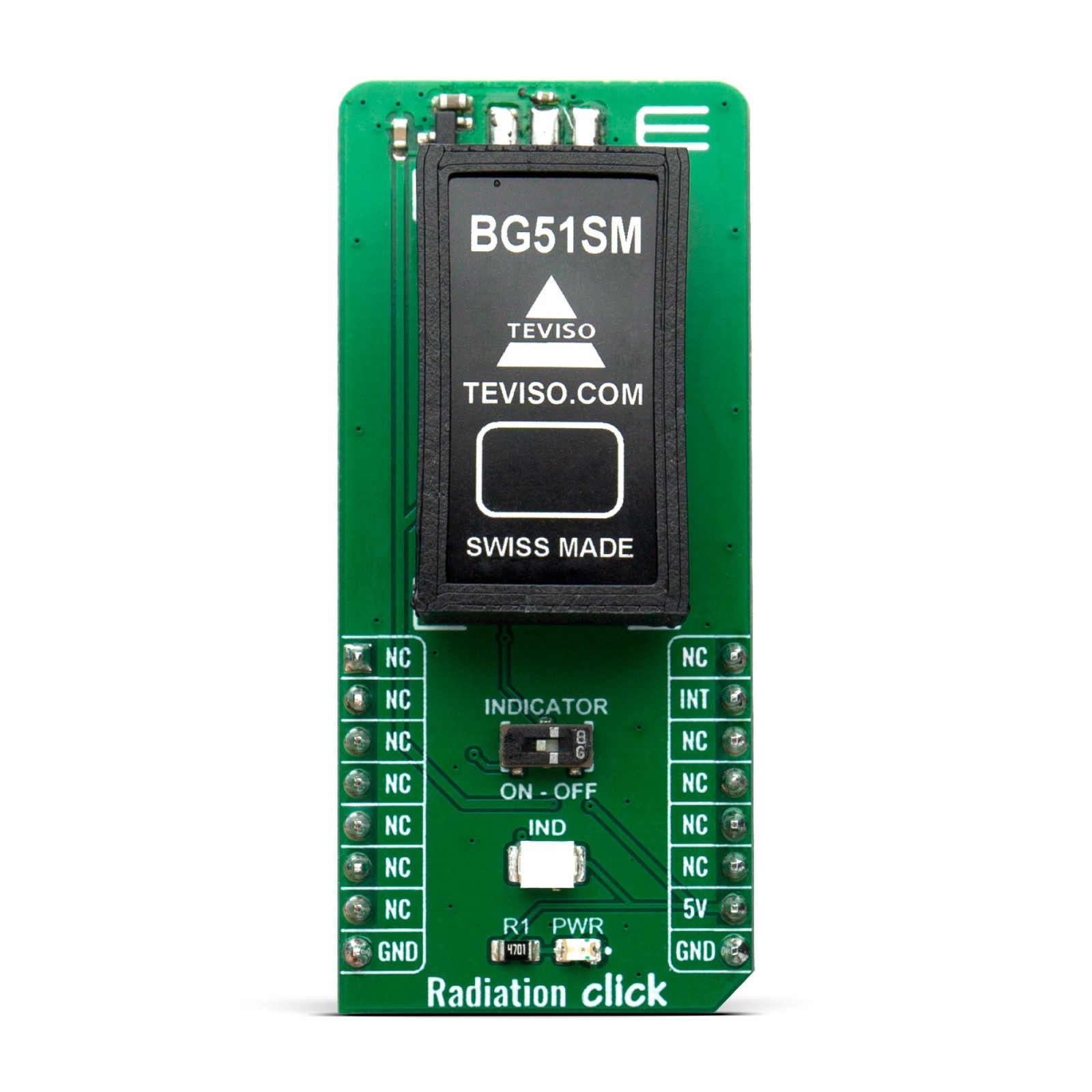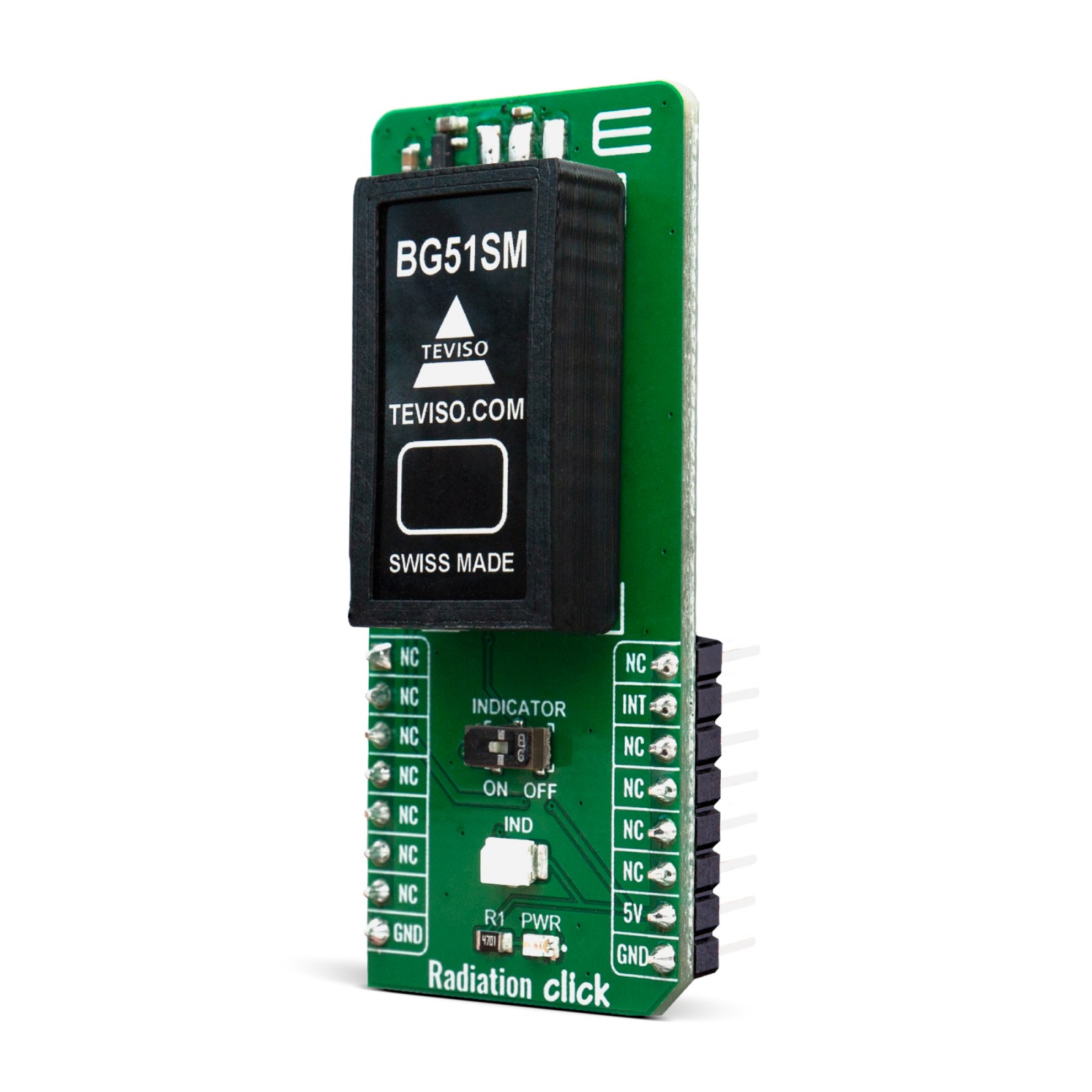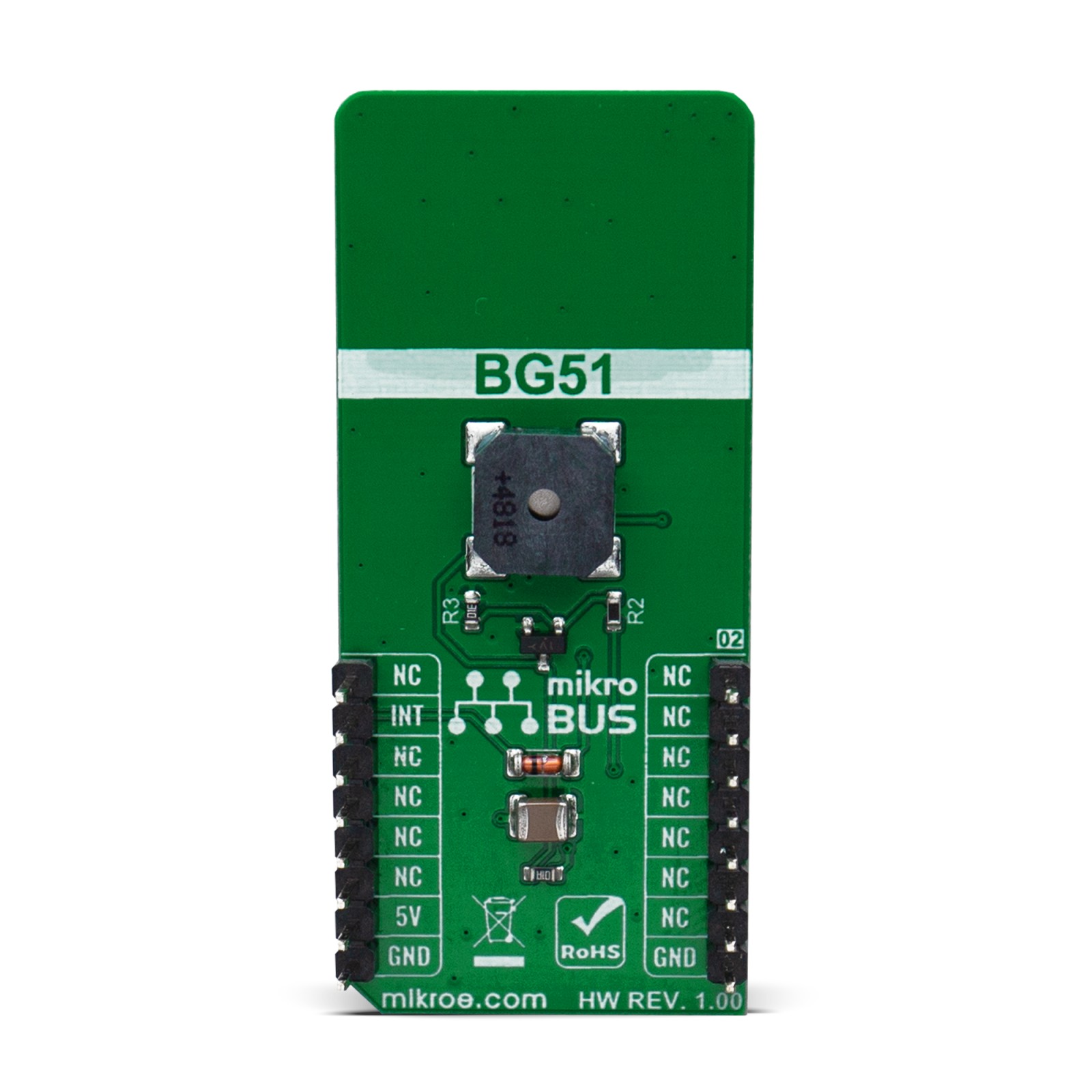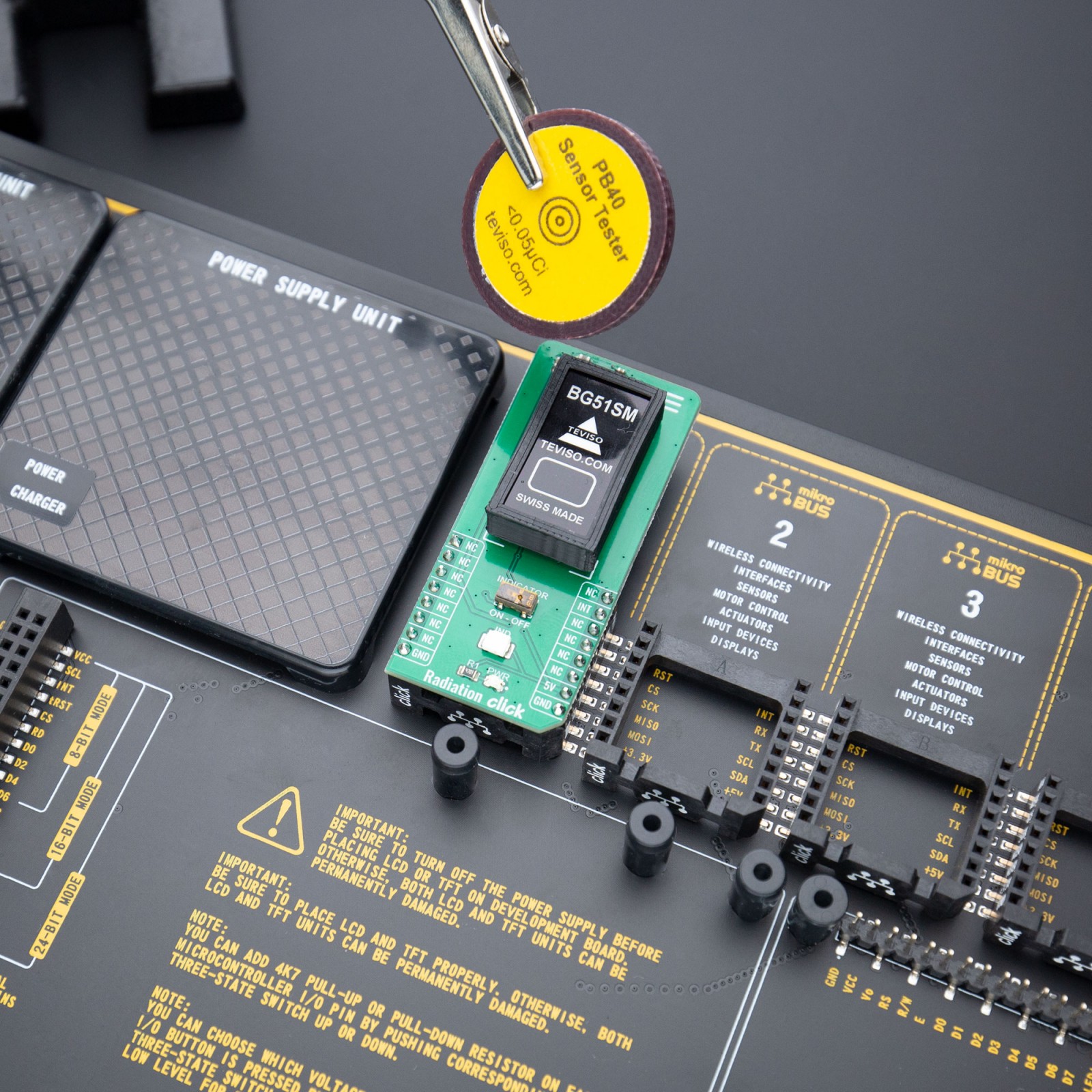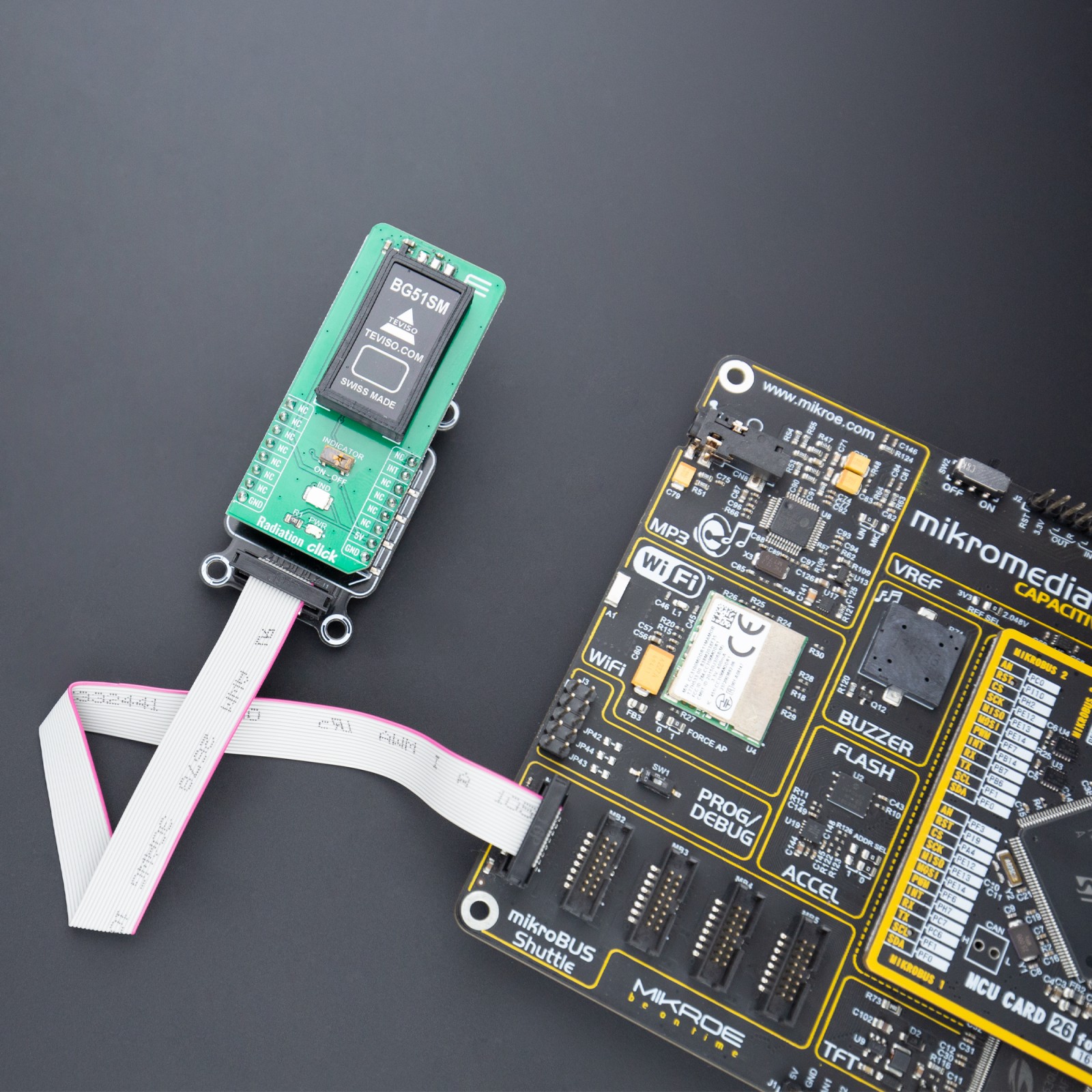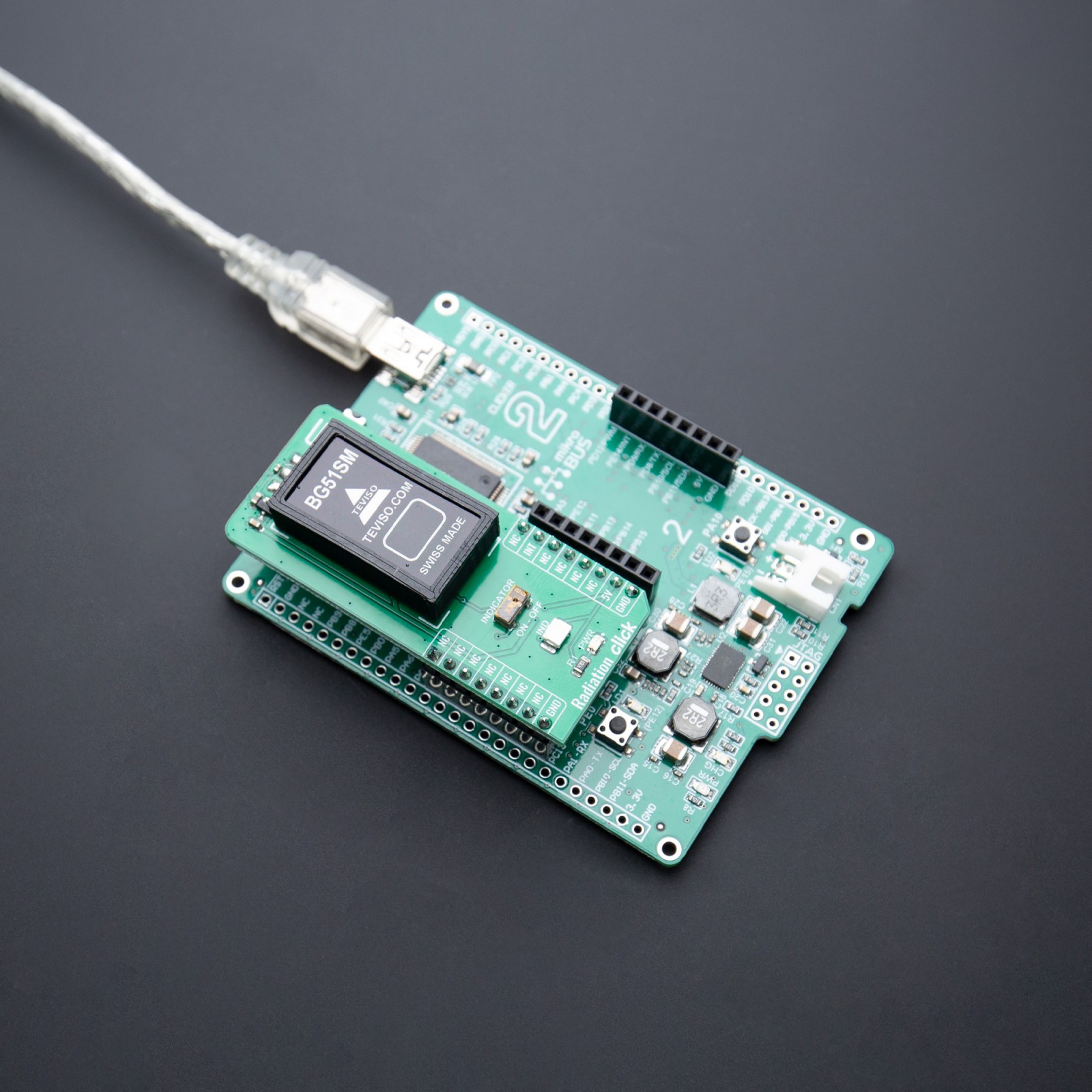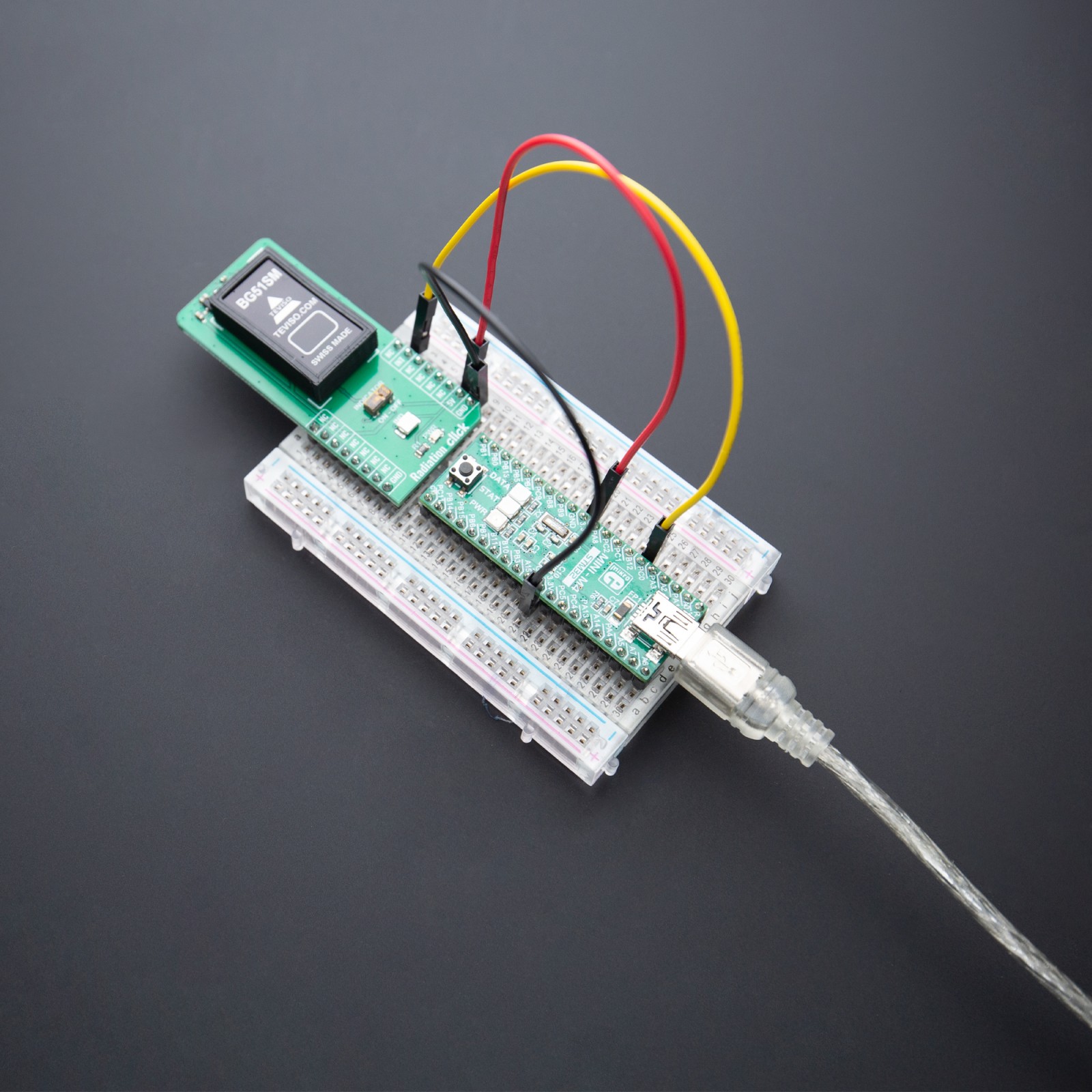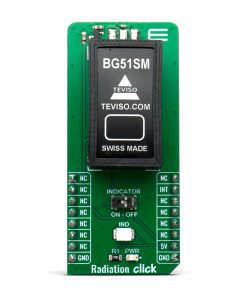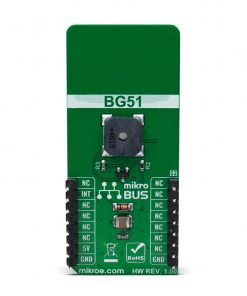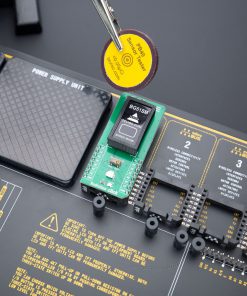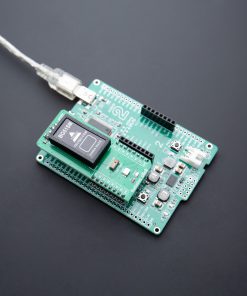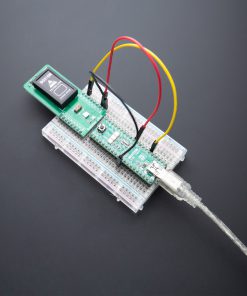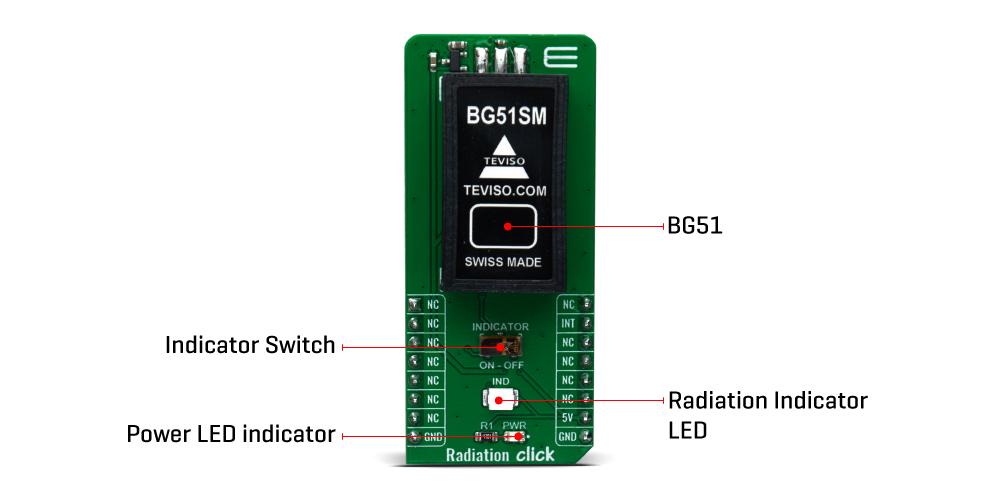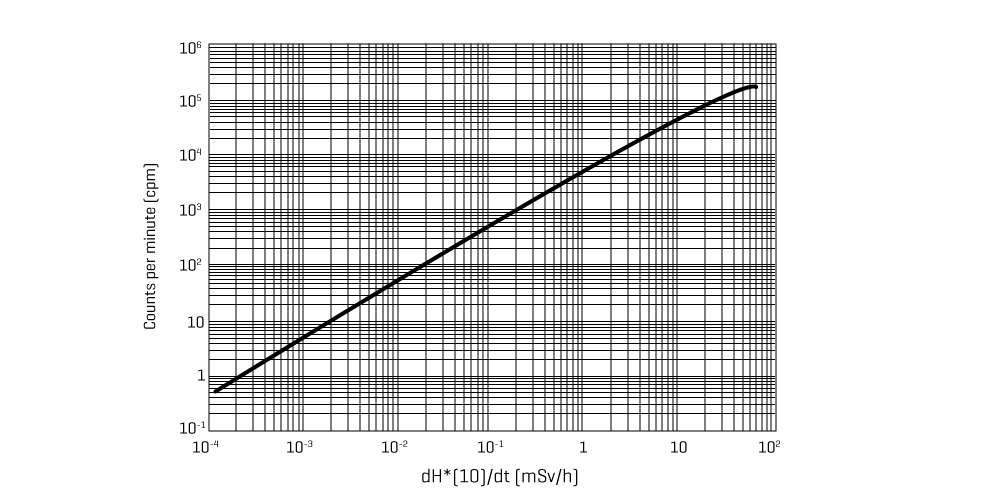-
×
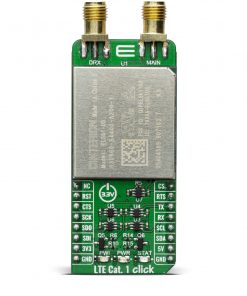 LTE Cat.1-US Click (for United States)
1 × R2,600.00
LTE Cat.1-US Click (for United States)
1 × R2,600.00 -
×
 GSM Click
2 × R1,050.00
GSM Click
2 × R1,050.00 -
×
 GSM-GPS Click
1 × R1,350.00
GSM-GPS Click
1 × R1,350.00 -
×
 WiFi Plus Click
1 × R2,250.00
WiFi Plus Click
1 × R2,250.00 -
×
 DIGI POT Click
1 × R370.00
DIGI POT Click
1 × R370.00 -
×
 tRF Click
1 × R1,050.00
tRF Click
1 × R1,050.00 -
×
 LPG Click
1 × R335.00
LPG Click
1 × R335.00 -
×
 METHANE Click
1 × R335.00
METHANE Click
1 × R335.00 -
×
 4-20mA R Click
1 × R480.00
4-20mA R Click
1 × R480.00
Subtotal: R10,870.00

